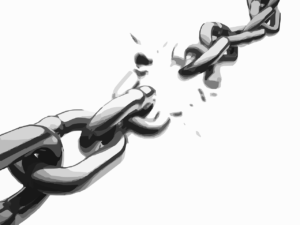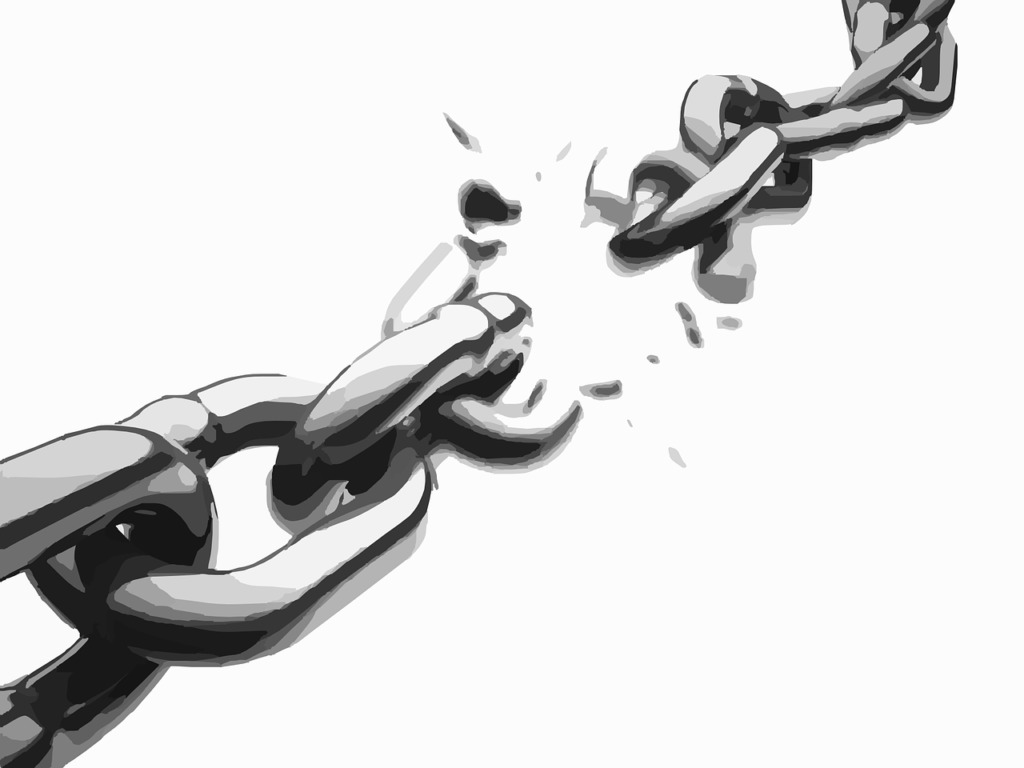Half Assed Strategy, Complete Failure!
 Working on one element of your strategy without the others is usually a waste of time
Working on one element of your strategy without the others is usually a waste of time
“We tried, but it didn’t work,” said the CEO about his new strategy.
What he didn’t say was that the general idea for how he’d win in his marketplace wasn’t wrong. He just didn’t understand that all the pieces had to be in place at once for it to work.
Imagine you have a product strategy (i.e., best product wins) but want to expand your business. Rather than design several widgets (i.e., stick with your product strategy) or find additional markets for your existing products, you decide that there are numerous needs your core customers have that aren’t being met. You choose to implement a market-driven strategy (i.e., deeply understand what your customers need and build solutions).
What changes will you have to make? At least two big ones.
Your product strategy might’ve succeeded because of two functions or capabilities within your firm — R&D (“We build cool stuff!”) and a sales organization that sold features and benefits (“My gizmo is better than the other gizmos! Let me tell you why!”).
Your new market-driven strategy requires different expertise. You’re not designing products and then looking for a market; you’re identifying needs and responding to them. Your R&D department is no longer building cool stuff that someone may want (think Apple or the old IBM), but rather might be more like systems engineers, integrating disparate products and services and putting them into systems to fully meet the customer’s needs. Solutions to problems, not just cool stuff.
Your sales team is no longer “pushing product” by responding to RFPs and doing product demos. It must sell at a higher level and become part of the design process rather than talking to purchasing. It’s unlikely that the former product salespeople will make this transition. It’s a much different process, a much different conversation with much different behavior, and a different set of skills.
Here’s the thing. … If you make one change and not the other, you’ll fail. They’re linked. Identifying needs and not having a way to satisfy them won’t work. You’re no longer selling hammers, but rather solving the problem of joining materials. Not everything is a nail! You’ll have to design systems that include glue, rubber bands, paper clips and duct tape and someone who can help construct solutions.
If you build the capability to provide solutions but still try to sell hammers to purchasing in the old way, you’ll never grow.
There are usually more links than two in a successful strategy chain, but I am committed to short stories so will keep my analogy brief.
Working on one element of your strategy without the others is usually a waste of time, and it’ll look like you’re failing until you strengthen the entire chain. Great food in a crappy location, amazing products in the wrong distribution channel, fast airplanes with miserable flight attendants, competing on price without being the low-cost provider — these are all examples of an incomplete strategy.
“It didn’t work,” you’ll say later when, in fact, it might have.

coaches CEOs to higher levels of success. He is a former CEO and has led teams as large as 7,000 people. Todd is the author of, Never Kick a Cow Chip On A Hot Day: Real Lessons for Real CEOs and Those Who Want To Be (Morgan James Publishing).
Connect with Todd on LinkedIn, Twitter, call 303-527-0417 or email [email protected].
